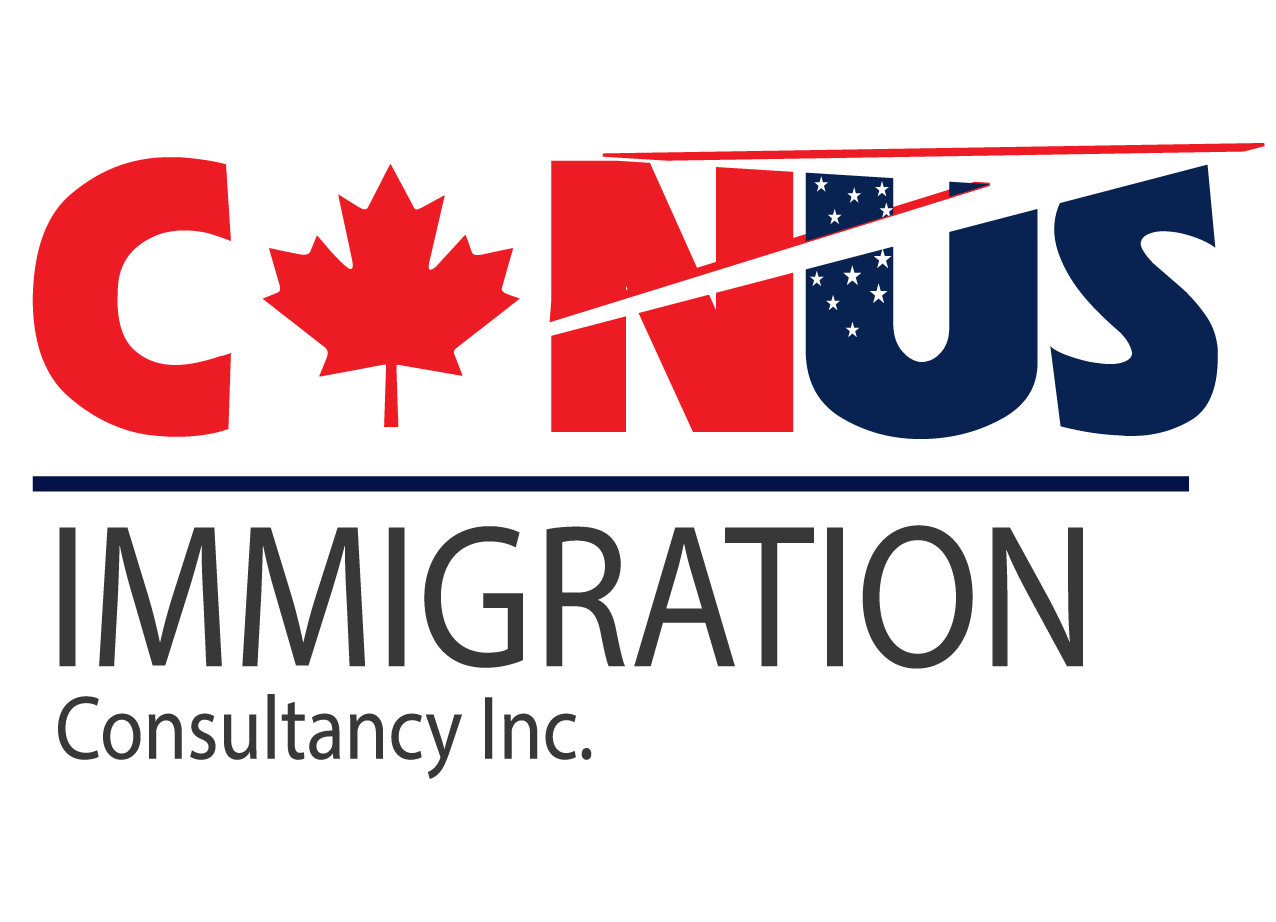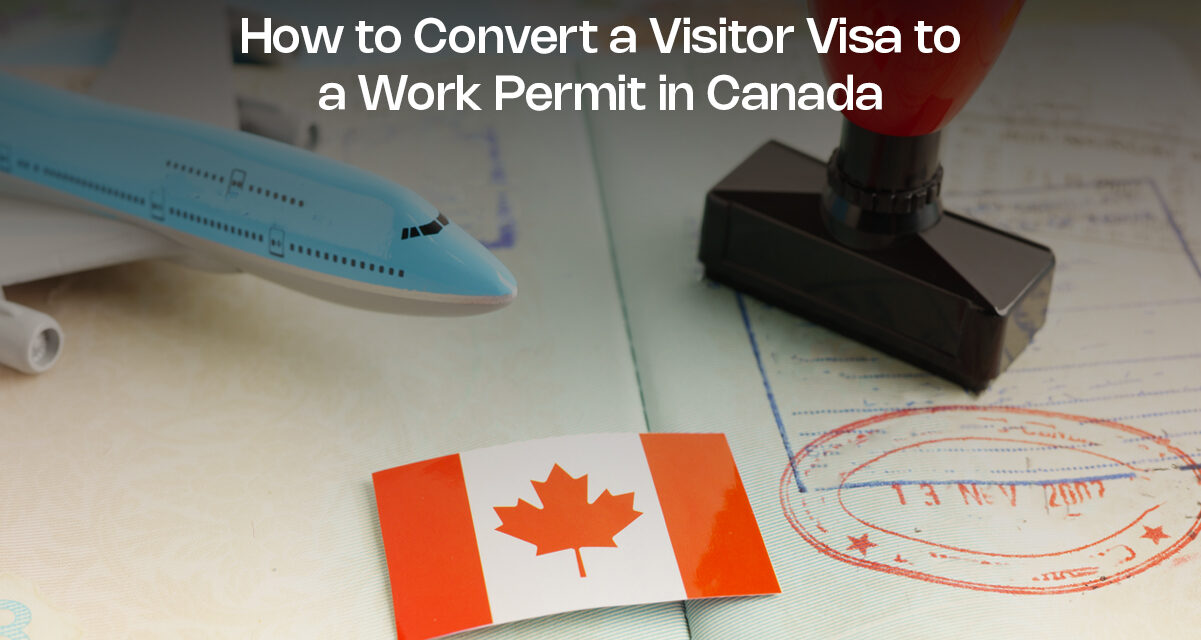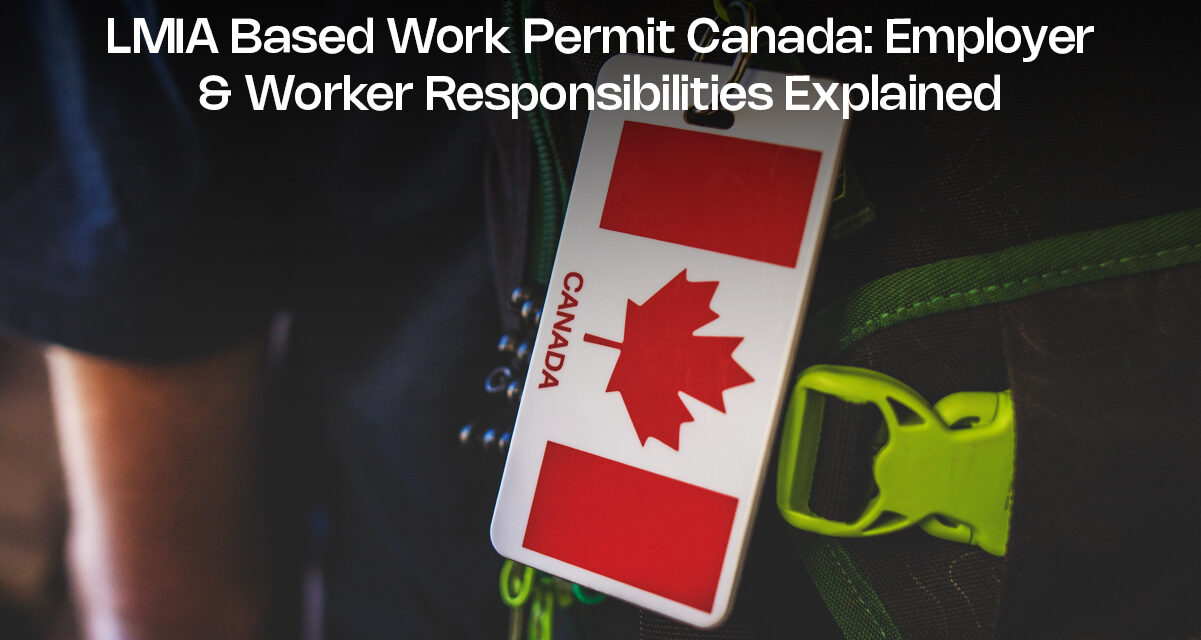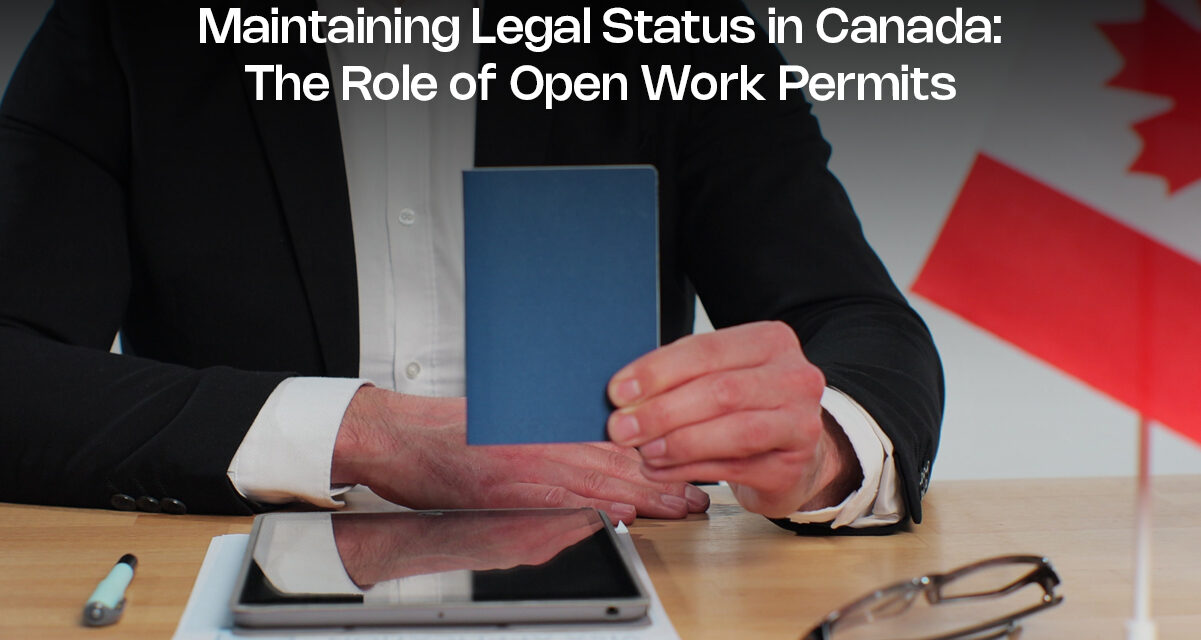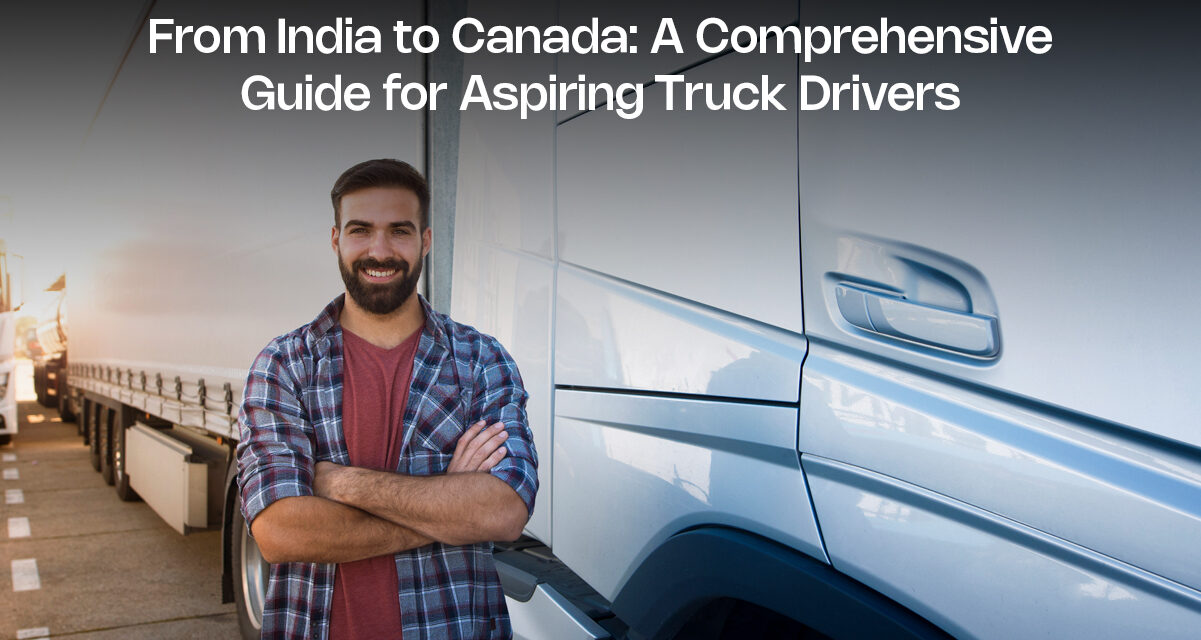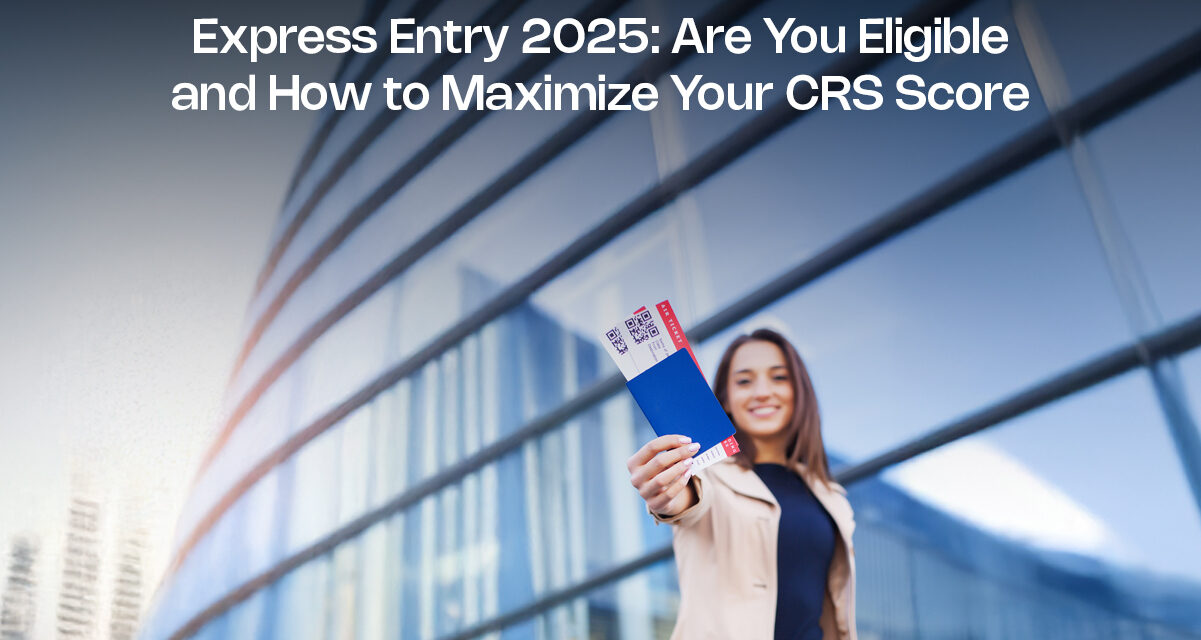How to Convert a Visitor Visa to a Work Permit in Canada You came to Canada as a visitor. Now you want to stay and work. Recent rule changes affect your options. Understanding these changes saves time and stress. Canada ended a special policy in August 2024. That policy lets visitors apply for work permits...
LMIA Based Work Permit Canada: Employer & Worker Responsibilities Explained Canada welcomes foreign workers through its work permit programs. The LMIA based work permit Canada system helps employers hire skilled workers. This system creates jobs while protecting Canadian workers. Employers and workers both have clear duties. Knowing these duties makes everything easier. Good preparation leads...
Licensed vs. Unlicensed: How to Identify the Best Immigration Consultant Near Me Moving to a new country changes your life. The immigration process has many forms and strict rules. One wrong step can delay your dreams for months or years. Many people search for help with their move. Finding someone who knows the system well...
Best Immigration Consultant in Mississauga – Trusted by Local Families & Newcomers The immigration business has always been tremendous in Canada. That’s why there are so many consultants and agencies. Even outside Canada, there are many. Immigration to Canada is exciting but it involves a lot of preparation and paperwork. You can’t take it alone...
Student Visa to Canada: Pathways to Permanent Residency Canada opens its doors to international students every year. You can study here and build a life afterward. The path from student to permanent resident is clear and achievable. Many students turn their study permits into permanent residency. This guide walks you through each step. You will...
Best Immigration Consultant Near Me for Family Sponsorship: What to Expect Finding the best immigration consultant near me feels hard when you want to bring family to Canada. Family sponsorship needs lots of paperwork and strict deadlines. You need someone who knows the process well. The right consultant makes things easier. They handle documents, talk...
Maintaining Legal Status in Canada: The Role of Open Work Permits Canada’s immigration system can feel overwhelming when you’re trying to keep your legal status intact. An open work permit stands out as one of the most flexible options for foreign nationals who want to work here. Unlike employer-specific permits, this document gives you freedom...
What Employers in Canada Need to Do to Hire Foreign Truck Drivers under LMIA The demand for truck drivers in Canada is growing every day. The country faces a big shortage. Many employers now look to other countries to find good drivers. This is not new, to be honest. If you want to hire foreign...
From India to Canada: A Comprehensive Guide for Aspiring Truck Drivers
September 11, 2025
From India to Canada: A Comprehensive Guide for Aspiring Truck Drivers Truck driving jobs in Canada pay well. The average salary is $55,000 per year. This beats many office jobs back home. Plus, you get health benefits and vacation time. Canada needs 55,000 new truck drivers by 2028. The country has an aging workforce. Many...
Express Entry 2025: Are You Eligible and How to Maximize Your CRS Score Canada is a beautiful country and immigration is a broader part of its economic growth. The country has always been a top hub for immigrants. And it always needs skilled workers and professionals. Canada’s workforce is only growing and the Express Entry...
